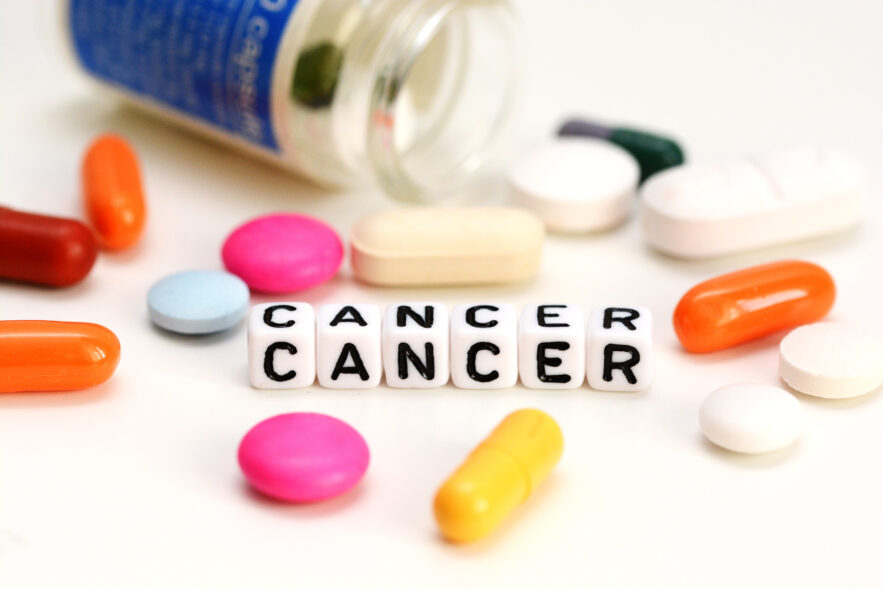Has Accelerated Approvals for Cancer Drugs Benefitted Patients?
A new study is questioning whether accelerated approvals for cancer drugs have benefitted patients. In 2012, Congress approved legislation that included the Breakthrough Therapy (BT) Program, in which promising drugs for serious or life-threatening diseases receive an expedited review and approval process. Researchers analyzed the efficacy and safety of cancer drugs approved through the program and compared findings with those associated with non-breakthrough drugs approved through 2017. Of the 58 new cancer drugs approved, 25 received the BT designation. The study examined 7,000 patients treated with BTs and around 12,000 patients treated with drugs that did not receive the designation. The results found that BTs did not offer substantially improved efficacy or safety when compared with non-breakthrough drugs. Around 38% of patients experienced serious adverse events while being treated with BT drugs, while 36% of those treated with non-BT drugs experienced serious side effects. Additionally, death unrelated to the progression of disease was 6% for BT drugs and 4% for non-BT drugs. Posted June 20, 2018. Via Journal of Clinical Oncology.
Experimental Drugs Made Available Through FDA’s Expanded Access Program
Many experimental drugs have been made available through FDA’s expanded access program, according to a new study. Researchers analyzed the timing and duration of expanded access (EA) programs for investigational drugs that have yet to receive FDA approval. Through ClinicalTrials.gov, researchers identified 92 FDA-approved drugs and biologics with associated EA programs between 1996 and June 2017. Drugs to treat cancer (50%); metabolic, endocrine and genetic diseases (17.4%); and infectious diseases (15.2%) were the most common treatments in the EA programs. The results found that the median premarket expanded access availability was 10 months. Also, of 92 EA programs, 64 (69.6%) were initiated just before or after new drug application submission, 24 (26.1%) were initiated during the 6-month period before, and 40 (43.5%) in the 6 months after. The study was released just weeks after President Trump signed “Right-to-Try” legislation, a similar, though controversial, program that allows patients with terminal diseases access to experimental medicines. Posted June 15, 2018. Via JAMA Network Open.
The FDA Approved the 1st Generic Version of Suboxone (Buprenorphine and Naloxone) Sublingual Film
The FDA approved the first generic version of Suboxone (buprenorphine and naloxone) sublingual film, a drug to treat opioid dependence. Buprenorphine reduces opioid withdrawal symptoms and the desire to use opioids, while naloxone reverses and blocks the effect of opioids. According to the agency, the brand name and generic films should be used as part of a complete treatment plan known as medication-assisted treatment (MAT) that includes counseling and psychosocial support, and may only be prescribed by Drug Addiction Treatment Act-certified prescribers. Common side effects associated with the film include numbness, burning and inflammation in the mouth, headache, nausea, vomiting, excessive sweating, constipation, signs and symptoms of withdrawal, insomnia, pain and peripheral edema. Posted June 14, 2018. Via FDA.






